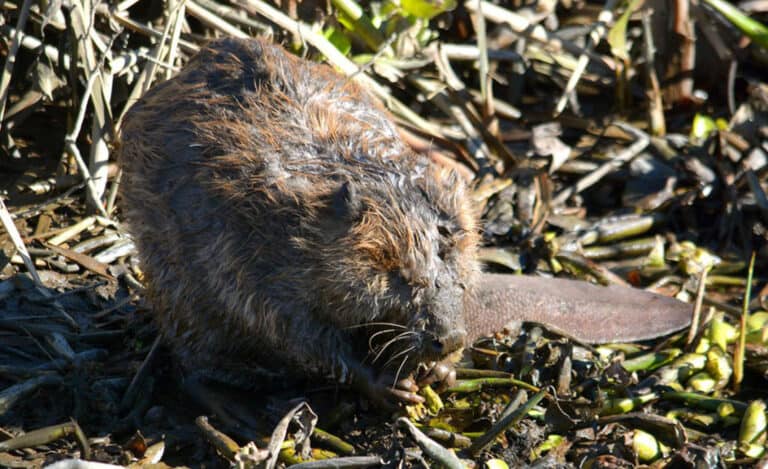Photo: Bringing back beavers: Ecologists on mission to save species that once ruled in California © Provided by Local News Matters
California agencies are taking a new approach to beaver management in the state to prioritize conservation of the ecologically important species as they call upon Californians to be “beaver believers.”
To support beaver conservation and enable California’s ecosystem to benefit from their activity, the California Department of Fish and Wildlife is partnering with native tribes, non-governmental organizations, private landowners and other state and federal agencies.
At a panel discussion this month, beaver researchers and members of the U.S. Forest Service and the California Department of Fish and Wildlife spoke about the history of beavers in California and their beaver restoration project.
At the center of the state’s approach is helping public and private landowners meet their resource management goals through implementing beaver coexistence measures, mimicking habitats in places where beavers had not yet returned and relocating in cases where coexistence failed, said Occidental Arts and Ecology Center WATER Institute director Kate Lundquist, who works on the project.
Nearly wiped out
Beavers once ruled California. Providing support for the state’s ecosystems, beavers once lived in nearly every stream in North America at an estimated population of 100 to 200 million.
Although beavers play a key role in the health of watersheds, as they provide erosion control and maintenance of stream flows during a dry summer period by building dams, they were not always appreciated in California.
The industrial fur trade saw beavers as a commodity and contributed to them being wiped out of California waters at high rates, according to Ben Goldfarb, conservation journalist and author of “Eager: The Surprising Secret Life of Beavers.”
This caused ecological damage that “permanently shaped North American landscapes” as streams suffered catastrophic erosion, wetlands dried up and rivers disconnected from their floodplains, Goldfarb said.
Today, the beaver population has reduced to approximately 10 to 15 million in North America.
A hat-tip to history
While the fur trade spread across the country, it had distinct and long-lasting impacts in California. Before fur trappers from across the Sierra Nevada — who were largely responsible for the industrial fur trade — came to California, beavers were already being captured and made into hats by other settlers. This caused scientists to incorrectly conclude that beavers had never been present or native to […]
Full article: www.msn.com

